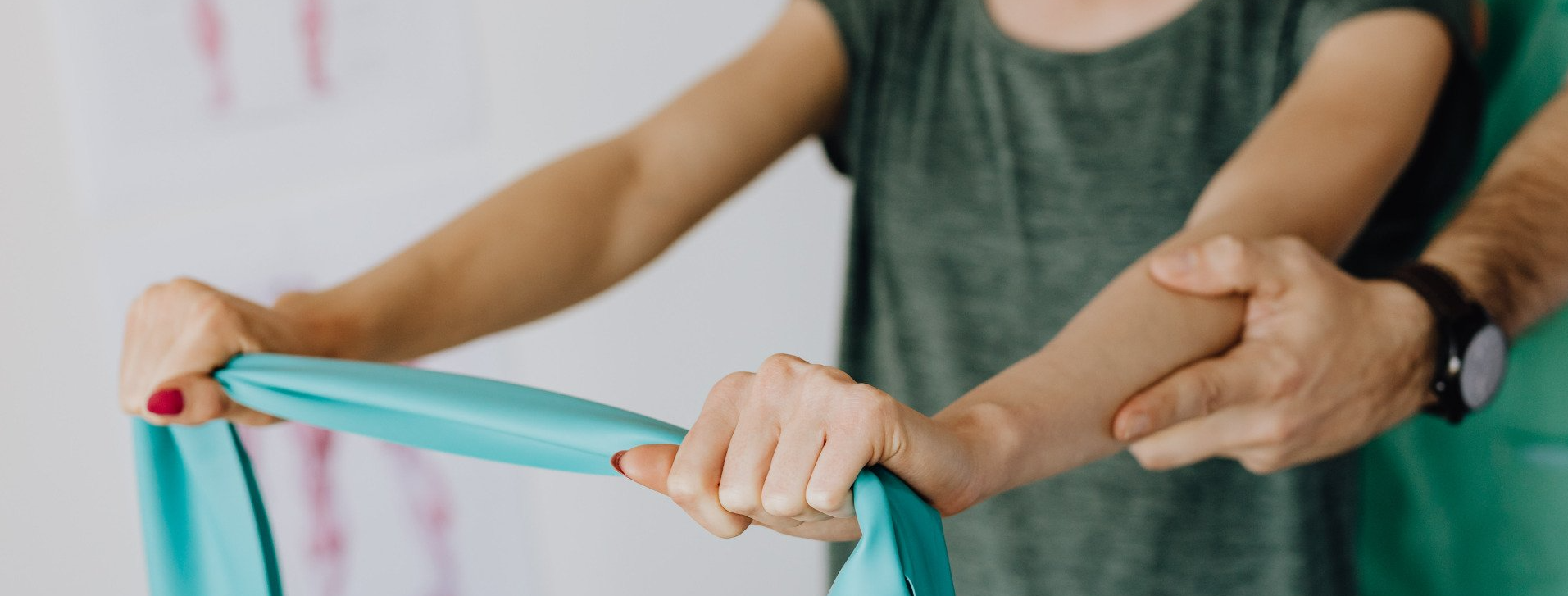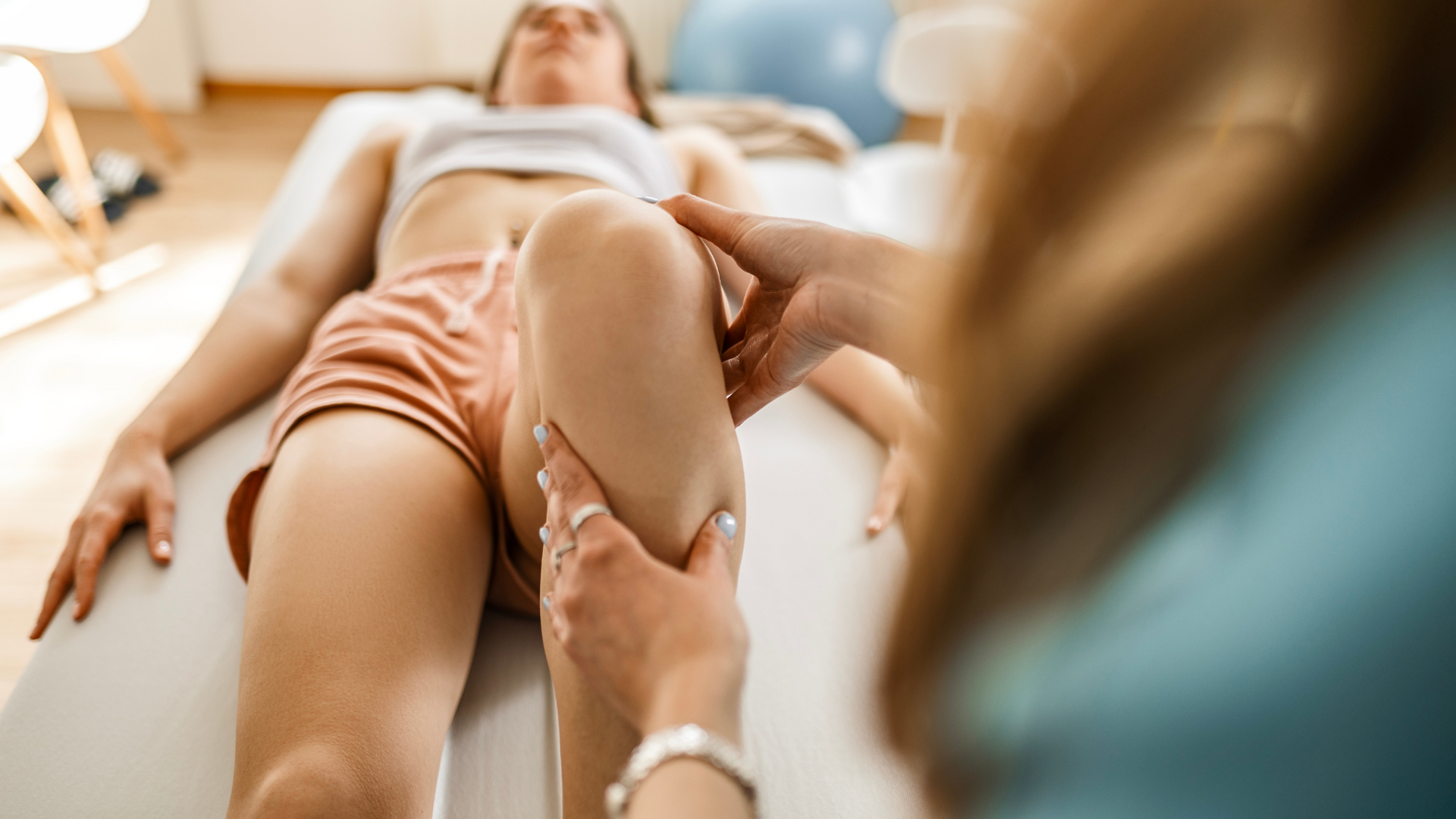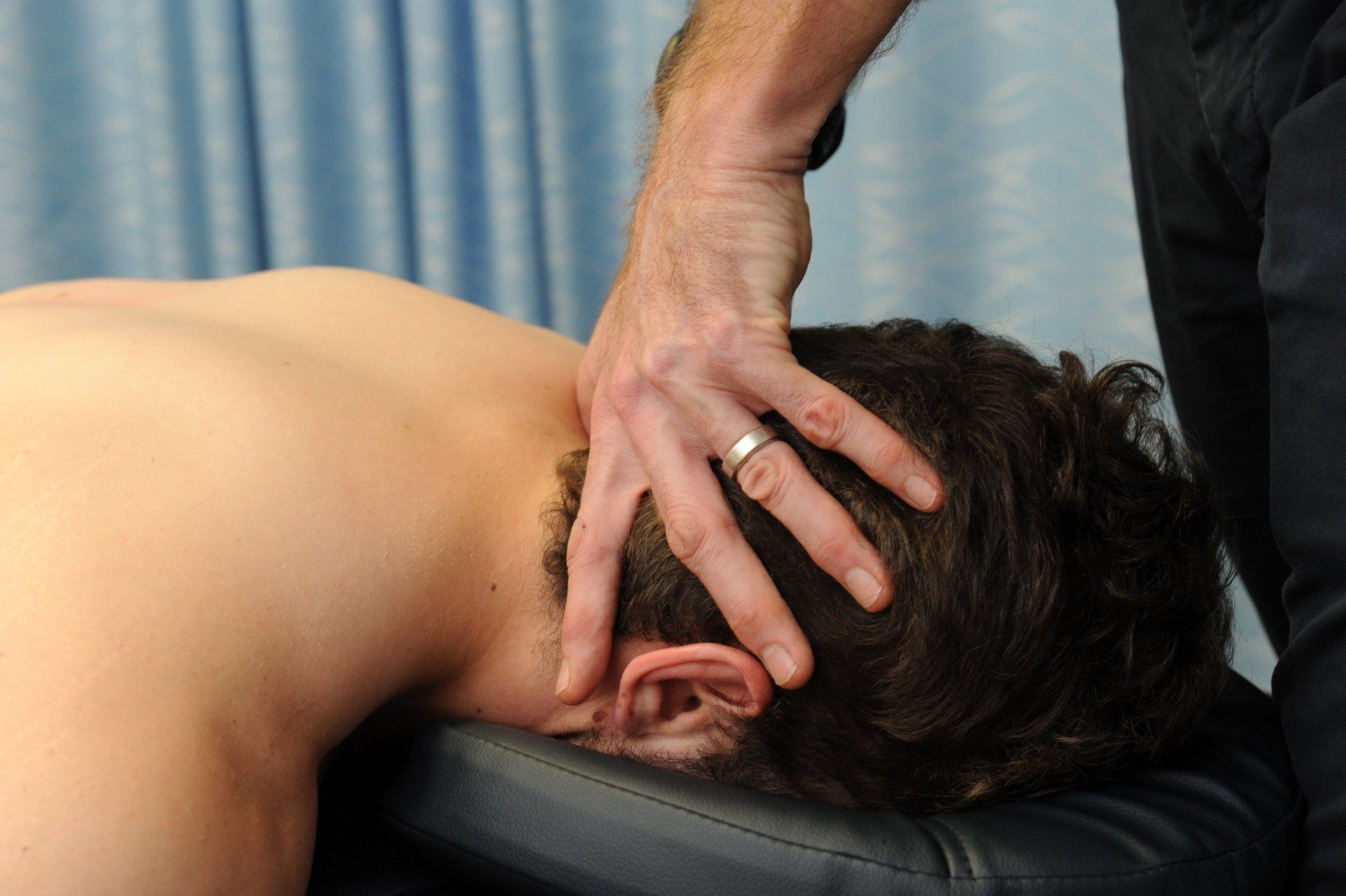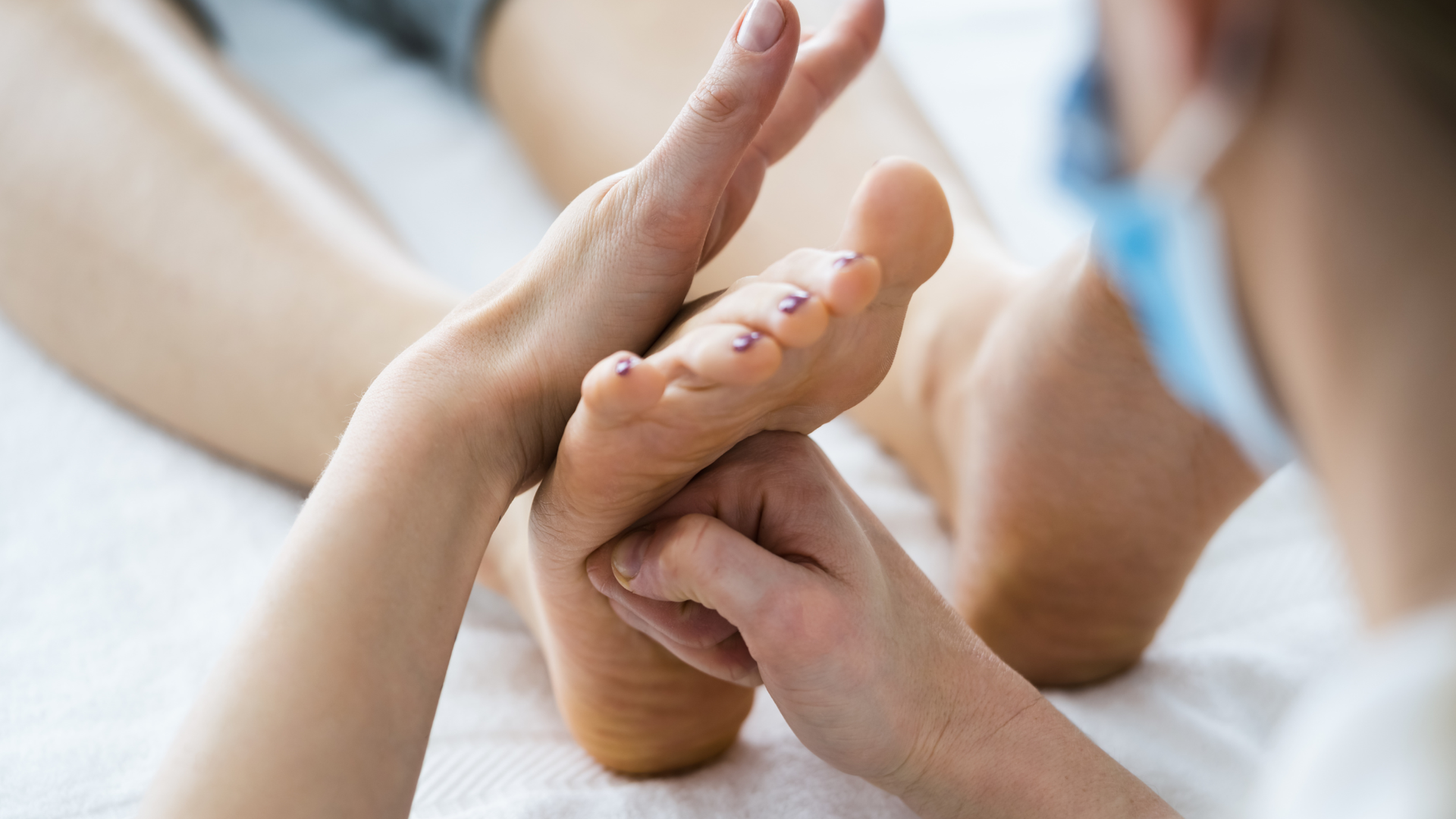The Shoulder Joint - Rotator Cuff Injuries
Some 'barra, a croc, and a rotator cuff injury

True Story:
“How did you hurt your shoulder?” I asked.
“Well, we’d been ‘barra fishing the South Alligator and were heading back to camp, cracking along, up on the plane, when we hit a big saltie on the surface. I went from the back to the front of the boat like that. My right shoulder hit the instrument panel and stopped me dead. Glad it did though. Two others ended up in the drink, and I had no desire to be in there with them!”
Not all rotator cuff injuries are as dramatic as this (and in case you are wondering, the others got out of the river unscathed!). Yes, acute trauma can play a role in injuries to this muscle group, but more often they are a result of years of wear and tear, and an innocuous event, like lifting down the Christmas tree from the top shelf, that results in a rotator cuff tear.
What is the rotator cuff?
The rotator cuff is a group of four small muscles whose role is to both assist with specific shoulder movements and to provide stability to the shoulder joint. They originate from the shoulder blade, cross the shoulder joint and attach to the head of the humerus, forming a “cuff” around the shoulder joint. As a group, the rotator cuff work together to fine-tune movements and provide stability to the shoulder girdle. Individually, they assist with almost every movement that the shoulder joint makes, from lifting a cup of tea, to reaching your back pocket, to reeling in a big ‘barra.
Why is the rotator cuff important?
The shoulder joint is a “ball and socket” joint and has the largest range of movement of any joint in the human body. It achieves this by sacrificing stability for mobility. If you think of the shoulder joint being like a golf ball on a golf tee, the roll of the rotator cuff is to keep the ball on the tee, or, to hold the head of the humerus in the socket. By doing this the rotator cuff stabilises the joint and ensures the head of the humerus remains in the centre of the socket through the full range of movement. Pretty nifty.
What is a rotator cuff injury?
A rotator cuff injury involves damage to the muscle or tendon of any or all, of the four rotator cuff muscles. The injury might be acute, such as from a fall or from direct trauma to the shoulder or be from chronic overuse (“wear and tear”). They are more common in females, and our risk of sustaining a rotator cuff injury increases with age.
Symptoms include pain in the shoulder, neck, and upper back region, altered movement patterns (shrugging of the shoulder when lifting the hand overhead) and restricted range of movement, particularly reaching behind the back or overhead. Acute trauma or large forces can result in significant tears, and some movements may be completely lost.
How can physiotherapy help with my rotator cuff injury?
First, physiotherapists are great at assessing and diagnosing rotator cuff tears. Not all shoulder pain is caused by a rotator cuff tear, and we can help sort this for you. If necessary, we can refer you for an Xray and an MRI, which can assist in confirming a diagnosis, or refer you to your doctor for management by an orthopaedic surgeon if indicated.
Second, we are great at managing rotator cuff injuries. Whether you are being managed conservatively (ie. Not having surgery) or are recovering from a rotator cuff repair, we can help.
Physiotherapists provide education on your injury and pain management strategies to allow the tissues to settle and recovery. When you are able, physiotherapists will assist you to regain movement in the shoulder, and set you a progressive loading program, with a focus on achieving good shoulder blade strength and movement, and then shoulder function. This process is essential in providing the shoulder joint with a sound foundation for movement and for maximising functional movement outcomes.
Ready to sort out your shoulder pain?
If you have shoulder pain, the earlier you get it looked at by a physiotherapist, the better your chances of a successful outcome. Give us a call or click on BOOK AN APPOINTMENT now.








